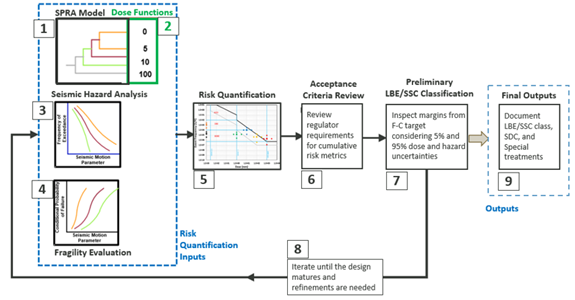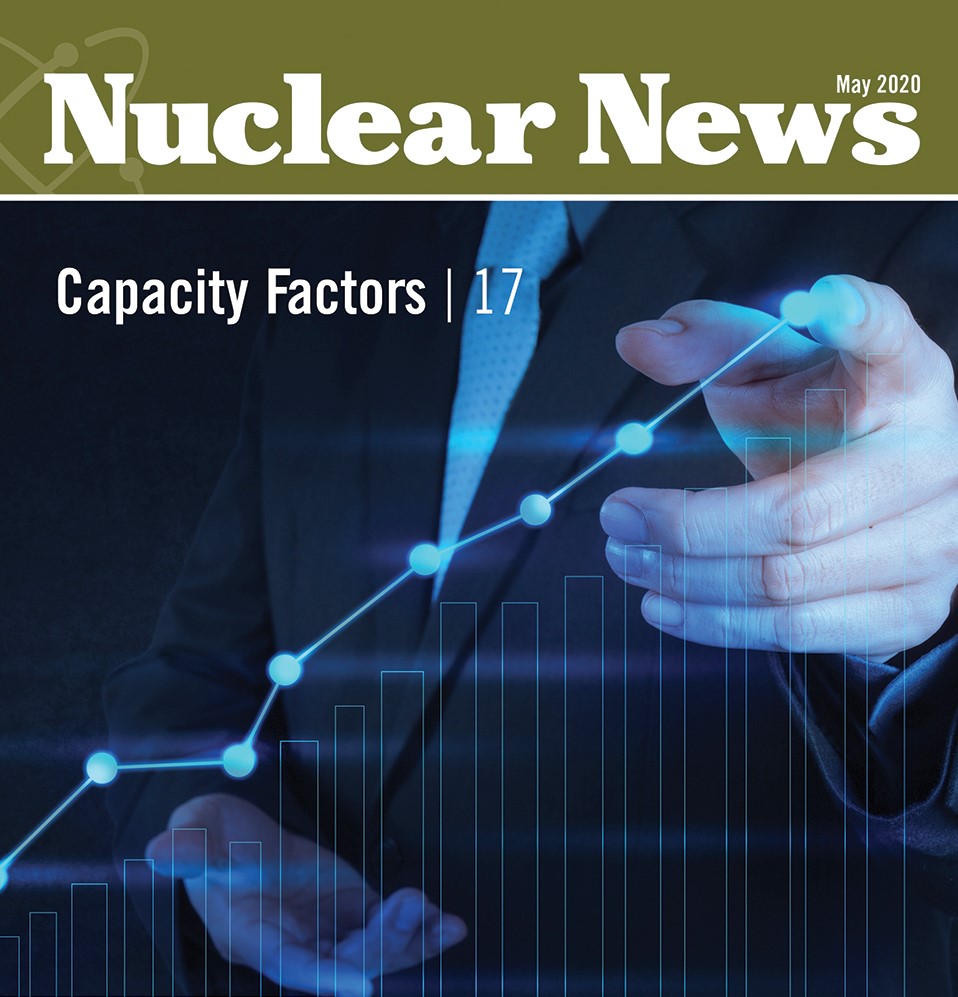Developing an RIPB design framework for external hazards

The American Nuclear Society’s Risk-informed, Performance-based Principles and Policy Committee (RP3C) held another presentation in its monthly Community of Practice (CoP) series on April 4.


The American Nuclear Society’s Risk-informed, Performance-based Principles and Policy Committee (RP3C) held another presentation in its monthly Community of Practice (CoP) series on April 4.
The American Nuclear Society has recently published a new standard:
ANSI/ANS-30.3-2022, Light Water Reactor Risk-Informed, Performance-Based Design.
The standard is available for purchase from the ANS Store.

Probabilistic risk assessments (PRAs) have advanced the safe operation of the U.S. reactor fleet over many decades. Risk insights from PRAs have provided information from many different perspectives, from what is most important to maintain at a facility to a better understanding of how to address new information regarding safety issues. The methods and tools that have supported the creation and enhancement of PRA models were established through multiple decades of research, starting with WASH-1400, The Reactor Safety Study,1 published in 1975, through the comprehensive plant-specific models in use today.

The ASME/ANS Joint Committee on Nuclear Risk Management (JCNRM) has achieved a significant milestone in the advancement of probabilistic risk assessment (PRA) technology. ANSI/ASME/ANS RA-S-1.4–2021 [1], Probabilistic Risk Assessment Standard for Advanced Non-Light Water Reactor Nuclear Power Plants, has been approved by the JCNRM, the ANS Standards Board, the ASME Board of Nuclear Codes and Standards, and the American Nuclear Standards Institute.
Risk-informed and performance-based approaches to nuclear safety have saved money and improved safety for current reactors and have the potential to offer even greater benefits for advanced reactors.
Since the 1980s, the nuclear power industry in the United States has worked to enhance the regulatory framework for nuclear facilities by making it more risk-informed and performance-based (RIPB). This has had some success in improving safety and reducing regulatory burden by focusing resources on the most risk--significant areas and allowing greater flexibility in choosing ways to achieve desired safety outcomes. However, there are further opportunities for the use of RIPB approaches in addressing current regulations and applying implementation tools, and in developing new RIPB regulations and advanced tools to further sharpen the focus on risk and performance outcomes.
 Nuclear power plant performance includes both operational and safety aspects and is an outcome of numerous elements, such as the reliability of equipment, reduction in challenges to plant operations, protection of workers, and proficiency of operations. These elements are inextricably linked to each other and to the safety of each facility. In short, a well-run plant is a safe plant for the workers and the public, and a well-run plant is an efficient plant. By-products of high performance include improved regulatory performance, worker safety, plant reliability, and, most important, public health and safety.
Nuclear power plant performance includes both operational and safety aspects and is an outcome of numerous elements, such as the reliability of equipment, reduction in challenges to plant operations, protection of workers, and proficiency of operations. These elements are inextricably linked to each other and to the safety of each facility. In short, a well-run plant is a safe plant for the workers and the public, and a well-run plant is an efficient plant. By-products of high performance include improved regulatory performance, worker safety, plant reliability, and, most important, public health and safety.